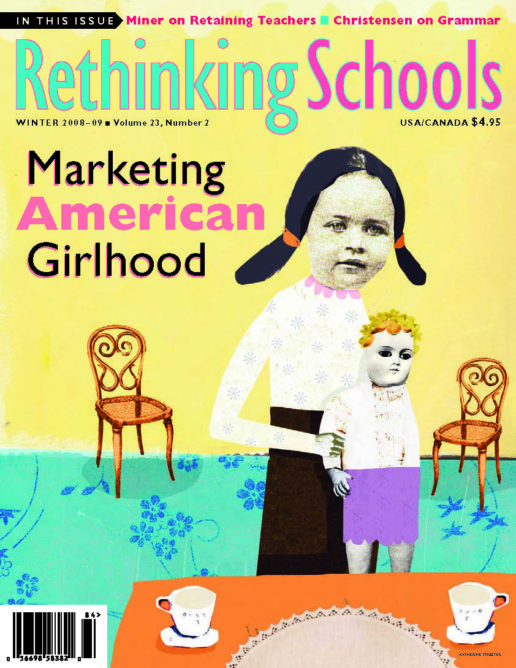Preview of Article:
Who Leaves and Why
Illustrator: Barbara Miner
“I couldn’t pay my bills.”
“I never even had time to go to the bathroom.”
“I felt so alone.”
“All we did at my school was test, test, test.”
“My principal was a control freak.”
Whether you are a policy maker, parent, or community activist, you probably know someone who’s left teaching.
The reasons vary, and aren’t always the ones the media focuses on. What’s more, while a family-supporting salary is a prerequisite, by itself it is not enough. Working conditions are equally if not more important.
One popular misconception is that teachers at private schools are less likely to leave than public school teachers. Or that teaching is easier on one’s personal life than other jobs because of summer vacations and holiday breaks.
Both assumptions are wrong.

